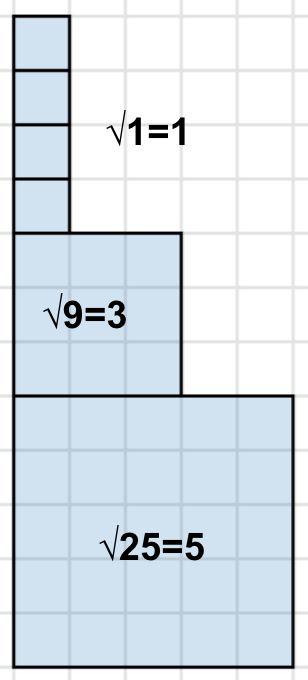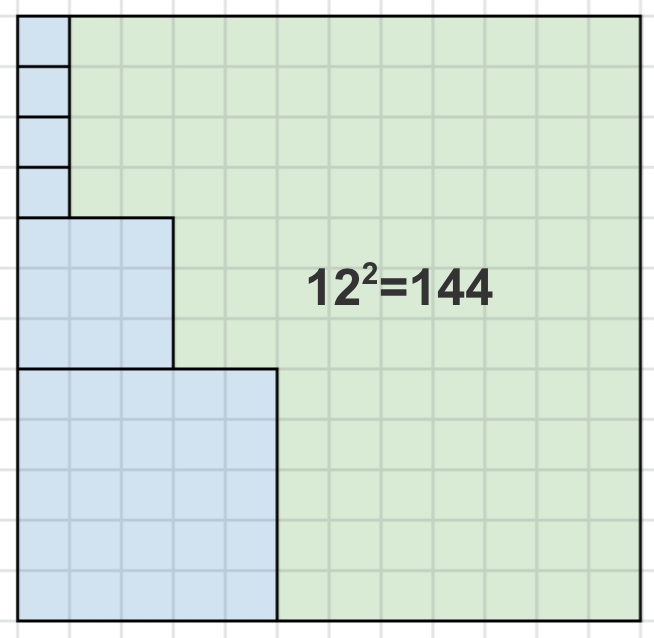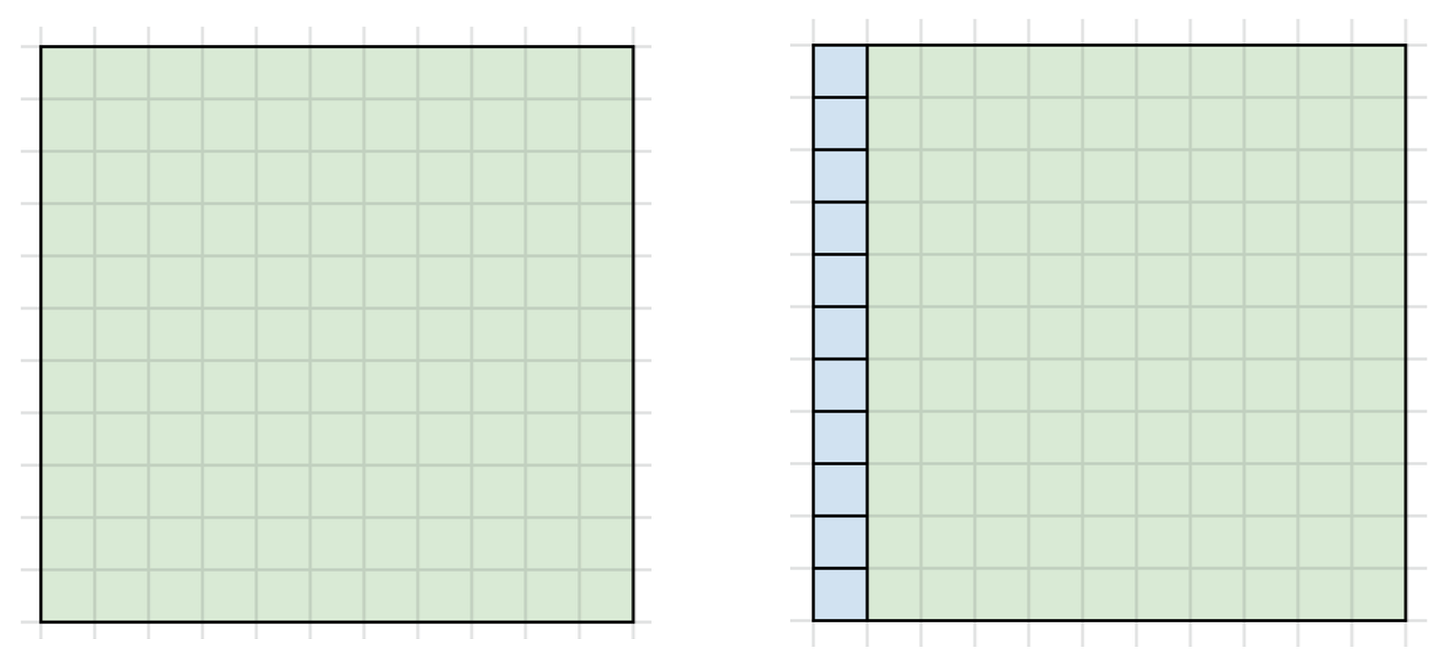A Visual Representation of Liberal Radicalism
In anticipation of RadicalXChange this weekend in Detroit, I wanted to give a quick summary of Liberal Radicalism, a paper from Vitalik Buterin, Zoë Hitzig, and Glen Weyl. Liberal Radicalism (LR) is an economically optimal mechanism for matching donations. Most “mechanisms” for donation matching are pretty simple—they just match your donation to a single organization 1:1. e.g. “If you give to your local public radio station in the next 24 hours, it will be matched 100%!” Instead of matching 1:1, LR tries to an answer to a more complicated question: If you’re matching across many organizations, how much should you match each to maximize the public good? e.g. If you have a regional public radio network that is matching donations across many local stations, how should you allocate your matching funds? Should it just be 1:1 for each? What “matching mechanism” best represents the public good?
The key intuition underlying LR is that we should match many small donations, rather than a couple of big ones. e.g. Let’s say Radio Station A and Radio Station B have both received $1000 in donations, but A’s donation just came from 1 person, while B’s came from 10 people. We shouldn’t match A very much because it seems like it’s just the “pet project” of a single person. But we should give a big match to B because it seems much more like a “public good” (10 people gave to it!). This is represented in the following mathematical formula:

i.e. Take the square root all of the donations (to make big donations matter less), add them together, and then square that sum (to make lots of donations matter more).
That’s moderately intuitive, but I found it much easier for me to grok the idea when it’s represented as a graph (which, surprisingly, I haven’t found online yet). Let’s say we have 7 donations of the following amounts: 25, 9, 1, 1, 1, 1. We can represent that as a series of stacked squares:

The height of this stack is 5+3+1+1+1+1 = 12. This represents the sum of the square roots. Then we can take that height (12) and square it make a newbox representing the matching amount.

So, under LR, these example donations of 25, 9, 1, 1, 1, 1 (38 total), would be matched with 144. This visual representation also lets you think of the extreme cases of LR, one big donor vs. many small donors:

This also shows why it’s super prone to Sybil attacks :). Hope this visualization helped (and hope to see you in Detroit!).
Additional Notes:
- Much longer summary here
- I think LR is more powerful that Glen’s ideas in Radical Markets because it is easier to bootstrap the legitimacy of the LR mechanism. (e.g. There is more friction for eliminating public property with Harbenger Taxes.)
- With LR, you can begin to imagine a crowd-funded, bottom-up civil society. See my podcast with Glen here for more on this.
- I’m super interested in crowd-sourced matching treasuries too. See the Gitcoin Torch (as part of this longer article on tithing).
Disclaimers: This is not investment advice. The views and opinions expressed in this article are my own and do not reflect my employer :). I own less than $5000 of any given cryptocurrency.